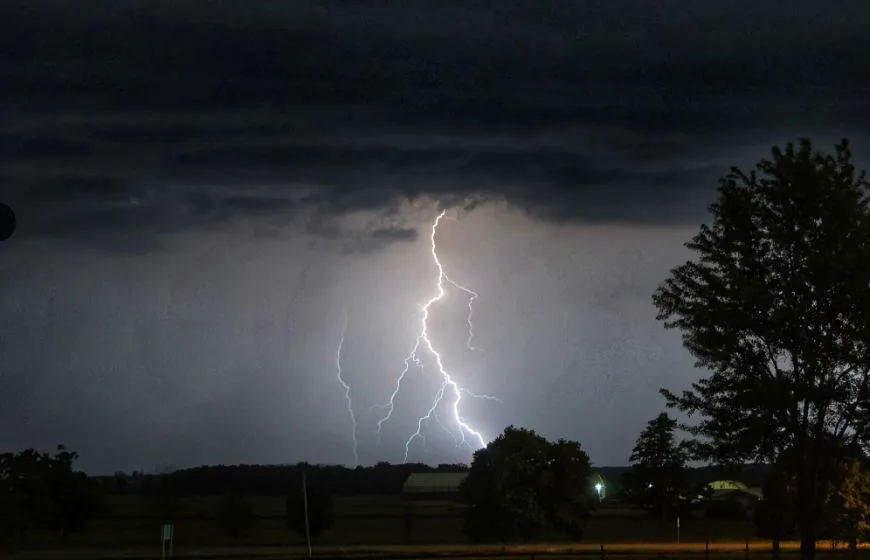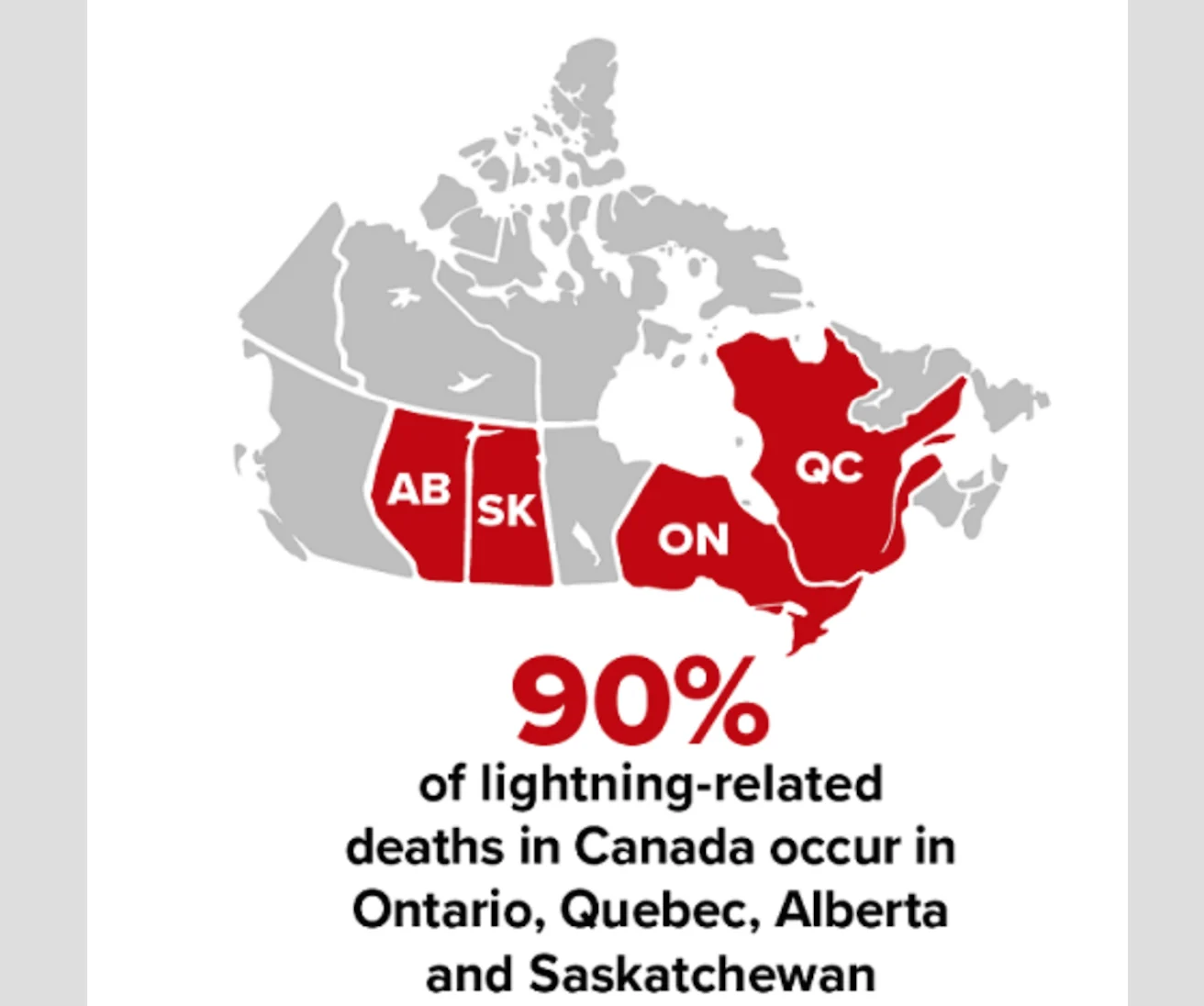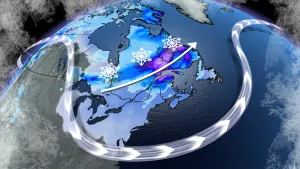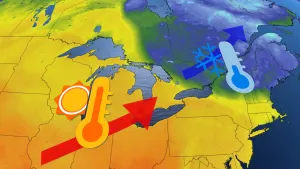
10 fast facts about lightning
There are three main forms of lightning: cloud to ground, cloud to cloud and intra-cloud lightning. Most of us are familiar with the classic ‘fork lightning’ (cloud to ground) or ‘sheet lightning’ (cloud to cloud). But there are other, rare forms of the phenomenon that lucky weather watchers may get to see. These include ball lightning, where a white or coloured sphere of light is seen; ribbon lightning, where a lightning bolt appears to spread out horizontally in ribbons or streaks, and pearl-necklace – or chain – lightning, where the discharge of light has an appearance of pearls on a string.
Ninety per cent of lightning never reaches the ground, but instead travels from cloud to cloud, otherwise referred to as ‘sheet lightning’.
Lightning and thunder happen at the same time, but light travels faster than sound, so you see the lightning flash before hearing the thunderclap. You can tell how far away a storm is by counting the seconds between the sound and the light; the storm is around a kilometre away for every two seconds counted.
According to The National Weather Service, a single lightning flash is around 300 million volts and around 30,000 amps, and could power a 100W light bulb for over three months.
When a lightning bolt is discharged, it travels at 270,000 miles per hour and the air surrounding it heats up to 28,000C– that’s five times as hot as the surface of the sun.
WATCH BELOW: WHY LIGHTNING DOESN'T STRIKE IN A STRAIGHT LINE
In 1752, American founding father and scientist Benjamin Franklin devised the first experiment designed to prove that lightning was electricity, by flying a kite into a storm and attempting to collect the electricity into a jar. The following year, German physicist Georg Wilhelm Richmann deliberately pointed a metal rod up to a storm cloud, which was subsequently struck by lightning, killing him.
Lightning occurs on average of 44 (± 5) every second over the entire Earth. Even North Pole lightning cannot evade detection. They occur most frequently in tropical rain forests.
Lightning can – and often does – strike twice, especially tall buildings. The Empire State Building is struck over 100 times per year. The statue of Christ the Redeemer in Rio de Janeiro is usually struck several times a year and had its thumb chipped off by a lightning bolt in January 2014.
On average, Canada averages over 2 million lightning strikes each year, according to the government of Canada. On average, between two and three people are killed and 180 people are injured annually in the country, compared to an average of 49 deaths per year in the United States.

Ninety per cent of lightning-related deaths in Canada occur in Ontario, Quebec, Alberta and Saskatchewan (Environment Canada)
And finally: Roy Cleveland Sullivan, a park ranger in Virginia, was struck by lightning SEVEN times between 1942 and 1977 – and survived all of them. Virginia has 35-45 thunderstorms per year, on average. He eventually died due to a self-inflicted gunshot wound due to a broken heart at the age of 71.










